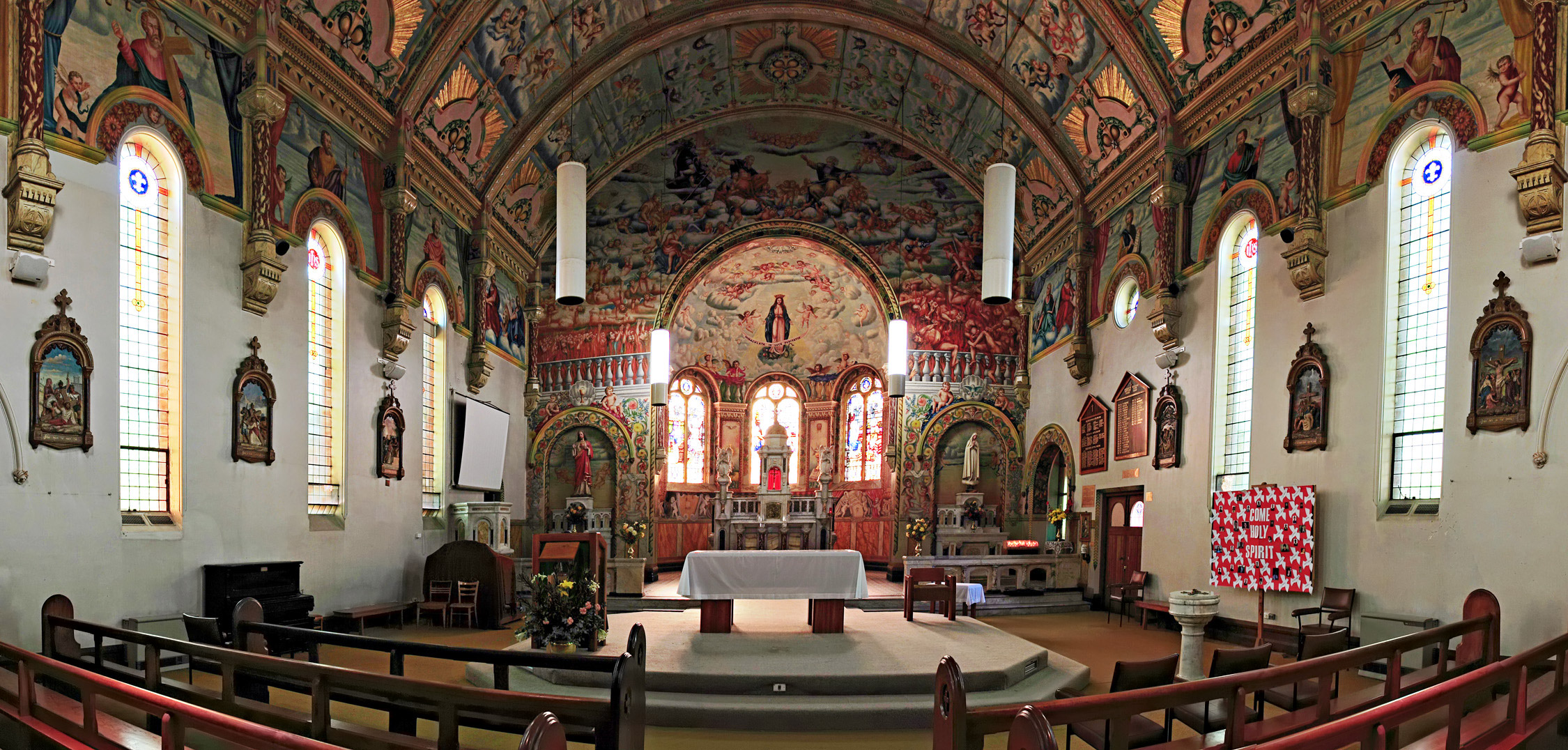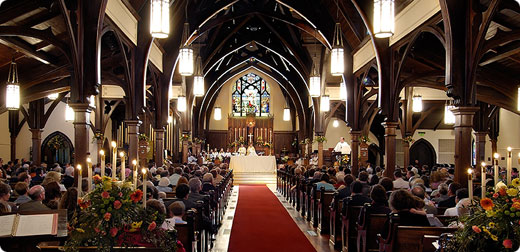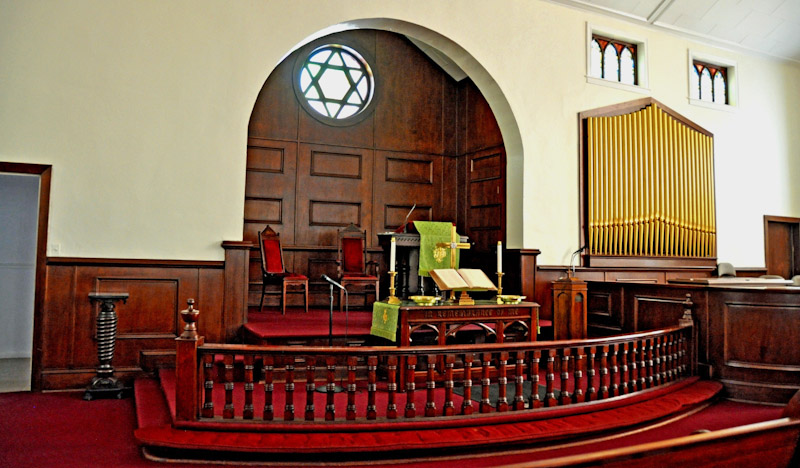
To try to understand why and how so many different denominations developed, let's take a very brief look at the history of the church:
After Jesus died, Simon Peter, one of Jesus' disciples, became a strong leader in the Jewish Christian movement. Later James, most likely Jesus' brother, took over leadership. These followers of Christ viewed themselves as a reform movement within Judaism yet they continued to follow many of the Jewish laws.
At this time Saul, originally one of the strongest persecutors of the early Jewish Christians, had a blinding vision of Jesus Christ on the road to Damascus, and became a Christian. Adopting the name Paul, he became the greatest evangelist of the early Christian church. Paul's ministry, also called Pauline Christianity, was directed mainly to Gentiles rather than Jews. In subtle ways, the early church was already becoming divided.
Another belief system at this time was Gnostic Christianity, which believed they had received a "higher knowledge" and taught that Jesus was a spirit being, sent by God to impart knowledge to humans so that they could escape the miseries of life on earth.
In addition to Gnostic, Jewish, and Pauline Christianity, there were already many other versions of Christianity being taught. After the fall of Jerusalem in 70 AD, the Jewish Christian movement was scattered. Pauline and Gnostic Christianity were left as the dominant groups.
The Roman Empire recognized Pauline Christianity as a valid religion in 313 AD. Later in that century, it became the official religion of the Empire, and during the following 1000 years, Catholics were the only people recognized as Christians.
In 1054 AD, a formal split occurred between the Roman Catholic and Eastern Orthodox churches. This division remains in effect today. The 1054 split, also known as the Great East-West Schism marks an important date in the history of all Christian denominations because it designates the very first major division in Christianity and the beginning of "denominations." For more about the East-West division, visit Eastern Orthodox History.
The next major division occurred in the 16th century with the Protestant Reformation. The Reformation was ignited in 1517 when Martin Luther posted his 95 Theses, but the Protestant movement did not officially begin until 1529. It was during this year that the "Protestation" was published by German princes who wanted the freedom to choose the faith of their territory. They called for individual interpretation of Scripture and religious freedom.
The Reformation marked the beginning of denominationalism as we see it today. This look back at history is possibly the best way to make sense of the incredible volume and variety of Christian denominations today.
Those who remained faithful to Roman Catholicism believed that the central regulation of doctrine by church leaders was necessary to prevent confusion and division within the church and corruption of its beliefs. On the contrary, those who broke away from the church believed this central control was what led to the corruption of the true faith.
Protestants insisted that believers be allowed to read the Word of God for themselves. Up until this time the Bible was only made available in Latin.




